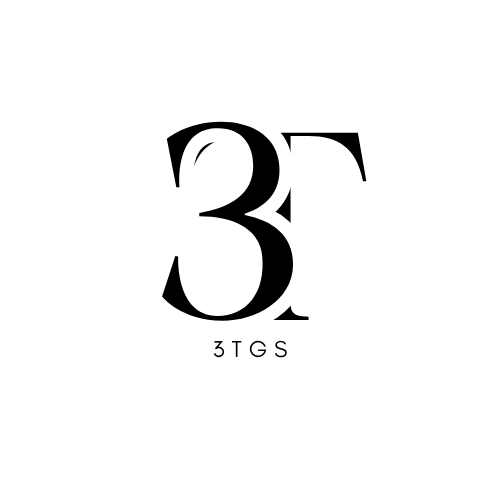CE Marking in 2025: More Than Just a Sticker on Your Product
If you’re selling products in Europe, you’ve probably seen the CE mark. At first glance, it looks like just another logo. In reality, it’s your product’s passport into the EU market. Without it, customs won’t let your goods through, and platforms like Amazon will suspend your listings without warning.
What CE marking really means
The CE mark shows that your product meets EU safety, health, and environmental requirements. It’s not just a decorative stamp. It’s a legal declaration of conformity backed by real documentation and testing.
Why CE matters more in 2025
The EU has been increasing enforcement, and online marketplaces are following suit. Amazon, for example, routinely requests CE documentation from sellers. If you can’t produce a valid compliance file, your listing won’t just be flagged. It will be taken down. For many sellers, that means lost revenue and weeks of scrambling to fix the issue.
Where companies go wrong
Trusting suppliers blindly. Suppliers often hand over generic or outdated CE certificates that don’t actually cover your product.
Thinking the logo is enough. Printing the CE mark on your product doesn’t make it compliant. Regulators expect proof in the form of a full technical file.
Skipping updates. Even small design tweaks, like changing a component or material, can alter compliance status.
Why proper CE compliance pays off
Getting CE right isn’t just about staying legal. It’s about keeping your sales running smoothly. Sellers with clean CE files avoid listing suspensions, shipment delays, and customer complaints. More importantly, compliance builds trust with retailers and buyers who want products that meet strict EU standards.
How to do it right
Test your products. Make sure they actually meet EU directives and standards.
Keep a technical file. Document test results, risk assessments, and supplier information.
Stay updated. EU directives evolve. Don’t assume last year’s compliance still works.
Build CE into product development. It’s far cheaper to plan for compliance early than to fix it later.
The Next Steps
CE marking isn’t just a sticker. It’s your key to doing business in Europe. Companies that get it right can grow confidently in the EU market, while those who cut corners risk losing access entirely.
At The 3TGs, we help businesses navigate CE compliance, verify supplier documentation, and build technical files that keep regulators and platforms satisfied.
Don’t let CE compliance slow down your sales. Contact us at info@3tgs.org and let’s take care of it for you.
RoHS in 2025: The Gatekeeper for Electronics in Europe
If you make or sell electronics, you’ve probably bumped into RoHS at some point. It stands for Restriction of Hazardous Substances, and it’s one of those rules that doesn’t make headlines but can shut your business out of the EU market overnight if you ignore it.
What RoHS is really about
RoHS limits the use of hazardous materials like lead, mercury, cadmium, and certain flame retardants in electrical and electronic equipment. The goal is simple: protect human health and reduce toxic e-waste. But simple doesn’t mean easy.
Why RoHS is a bigger deal in 2025
The EU keeps tightening restrictions and reviewing the list of banned or limited substances. With new technologies and materials coming into play, RoHS updates mean you can’t just rely on last year’s compliance. If you’re selling into Europe, your products must prove they meet the latest restrictions, no excuses.
Amazon, distributors, and even customs authorities will block products that don’t have proper RoHS documentation. For businesses, that can mean listings suspended, shipments delayed, and customers lost.
Common traps businesses fall into
Assuming suppliers handle everything. Suppliers may provide a generic statement, but if it doesn’t cover your exact product, you’re still on the hook.
Forgetting about new models or updates. Adding a new component can change compliance status instantly.
Treating RoHS as just paperwork. Regulators expect technical documentation that actually proves compliance, not just a certificate copy-paste.
Why it matters for your business
RoHS compliance isn’t just a legal requirement, it’s also a trust issue. Customers and partners want reassurance that your products are safe and sustainable. Companies that get this right avoid sudden market barriers and build credibility with retailers and buyers who value compliance.
How to stay compliant without losing sleep
Audit your supply chain. Make sure suppliers know their RoHS responsibilities.
Update compliance files regularly. Don’t wait until regulators or Amazon request them.
Combine RoHS with other compliance checks. Linking it with REACH and CE saves time and avoids duplicate headaches.
The bottom line
RoHS is the silent gatekeeper for electronics in the EU. Ignore it and your products won’t make it to market. Embrace it and you gain smoother access, fewer disruptions, and stronger customer trust.
At The 3TGs, we help businesses verify supplier data, build strong RoHS compliance files, and keep documentation ready for audits or platform checks.
Want to keep your products live in Europe without drowning in paperwork? Contact us at info@3tgs.org, and let’s take RoHS compliance off your plate



